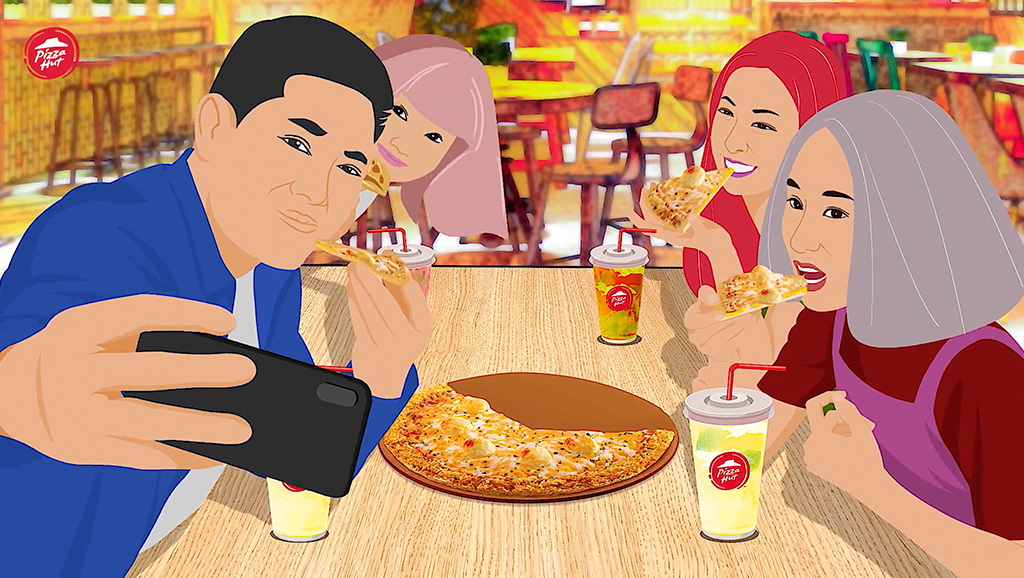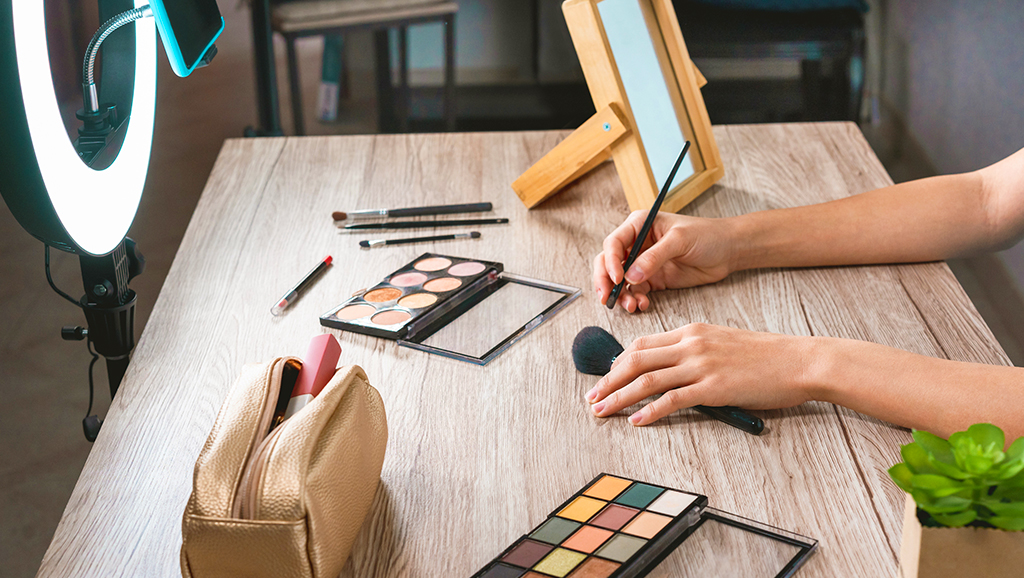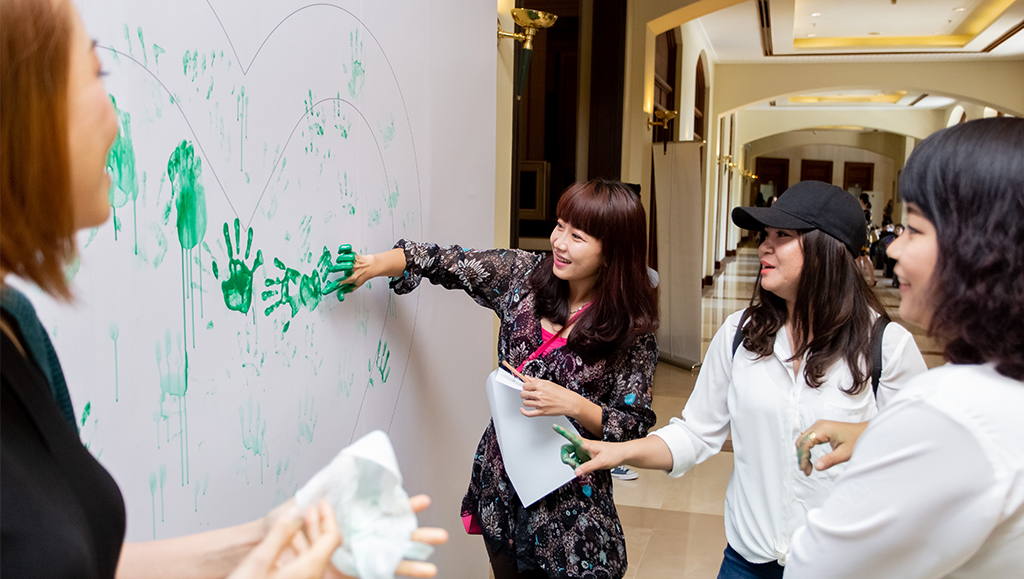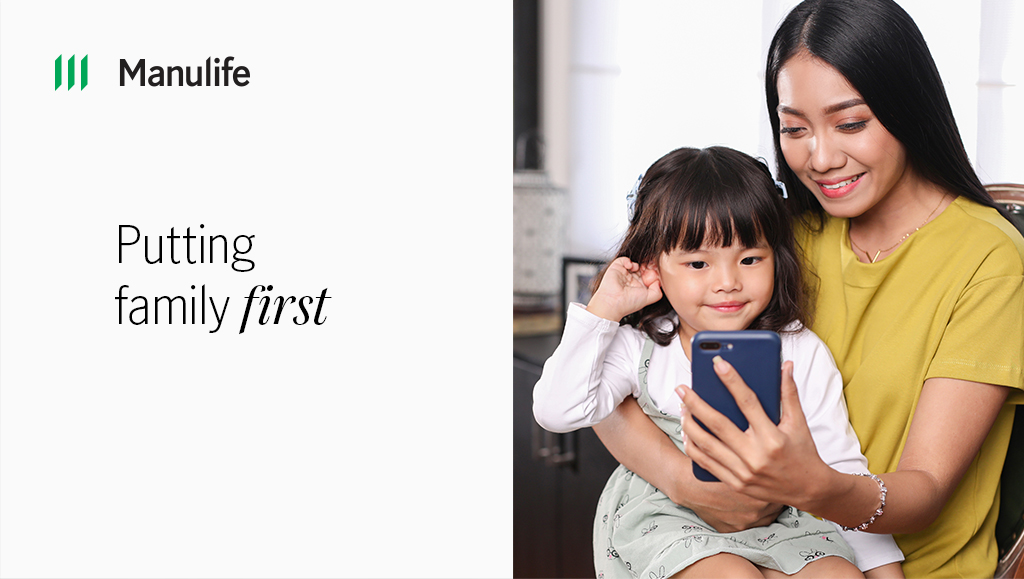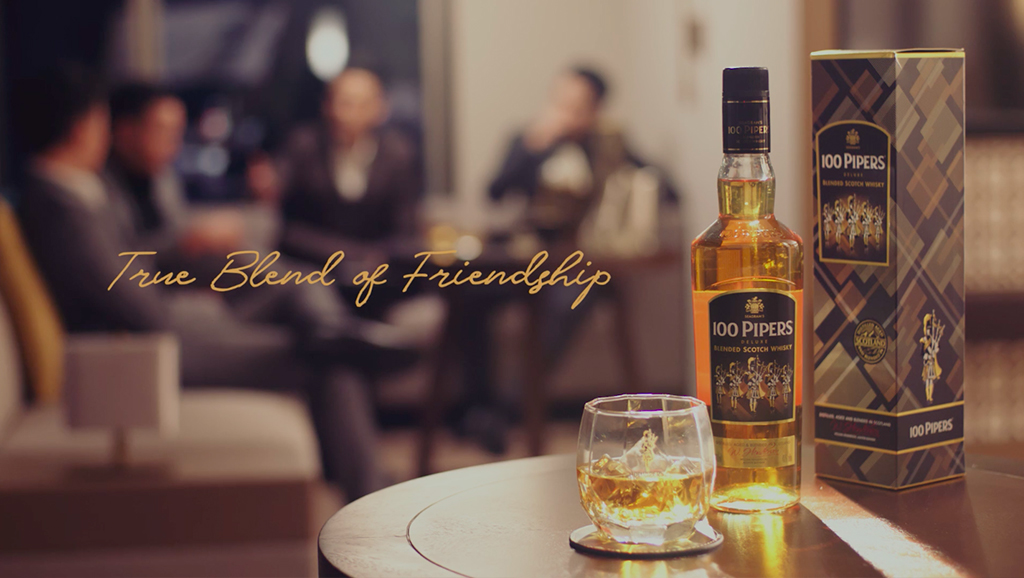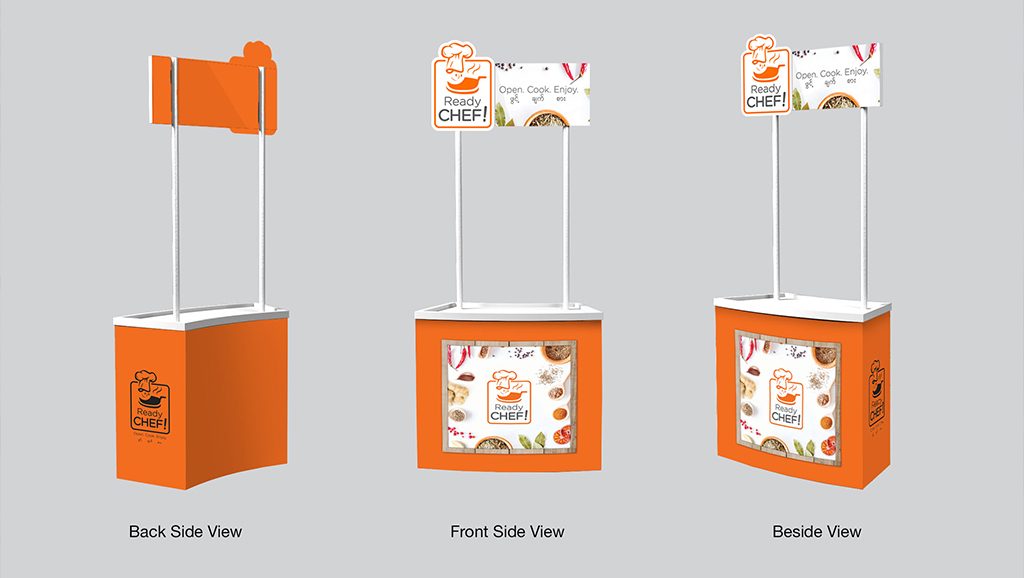
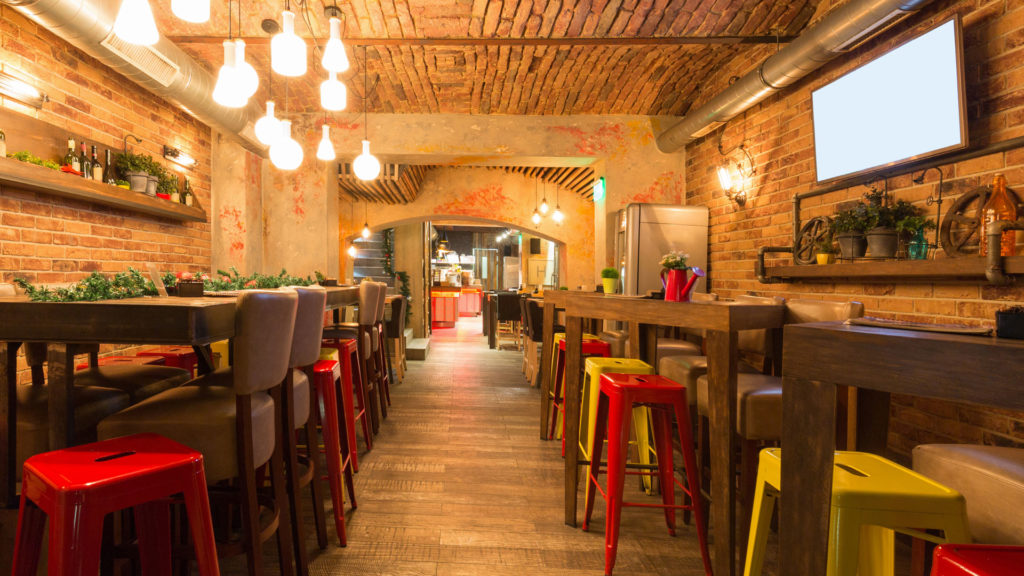
Striking the balance between creativity and function is how impressive interior design comes together. Furniture designers today are faced with the challenge of crafting pieces that confront global sustainability issues in terms of materials, while maintaining a high standard of quality and design. Being in harmony with nature has been a priority for many top designers who have been newly inspired by malleable materials such as bioplastics, opening up a new way of thinking and a lot more design and marketing possibilities to boot.
Color and Materials
High-end consumers now lean towards handmade furniture that serve multiple functions. Interiors tend to be stark and minimal, highlighting furniture pieces crafted from natural materials. This shift towards nature has extended into the world of recyclables in an effort to relieve the environment – think traditional terrazzo flooring with colorful embedded plastics, or recycled cement walls as interior features. This direction continues with the forecasted color trends palette for spring: a vibrant daffodil yellow, a pale salmon orange and an earthy green/gray. Holding high artistic standards while maintaining a harmonious interaction with nature is the leading trend with color and design.
Restaurant Trends
While restaurants tend to follow their own trend path, there is definitely overlap. Nowhere is the green movement more apparent that than in the culinary world. Farm-to-table restaurants, site-specific eateries, on-site micro-farms, the organic movement… the list goes on. All of these eco-trends are being enhanced and transformed into interior design elements. We’re seeing green spaces being brought indoors with living green walls and edible chandeliers. The less is more aesthetic dominates with minimalist decor elements such as minimal furnishings, communal tables and open kitchens, that all invite the guests to focus on the food.

Get Social
Social media has added a new dimension to interior design planning. With public spaces such as restaurants or hotels, designers now consider the photograph-ability of the space from a social media perspective. Capturing photos of your food has become synonymous with dinner out, and if curated property, can be a valuable marketing asset as well. Table settings, surface, background and lighting must all be considered so that mobile devices can capture the essence of the space at its’ best and with ease and share widely. With so many options for consumers to choose from, making your property stand out is vital to success.


